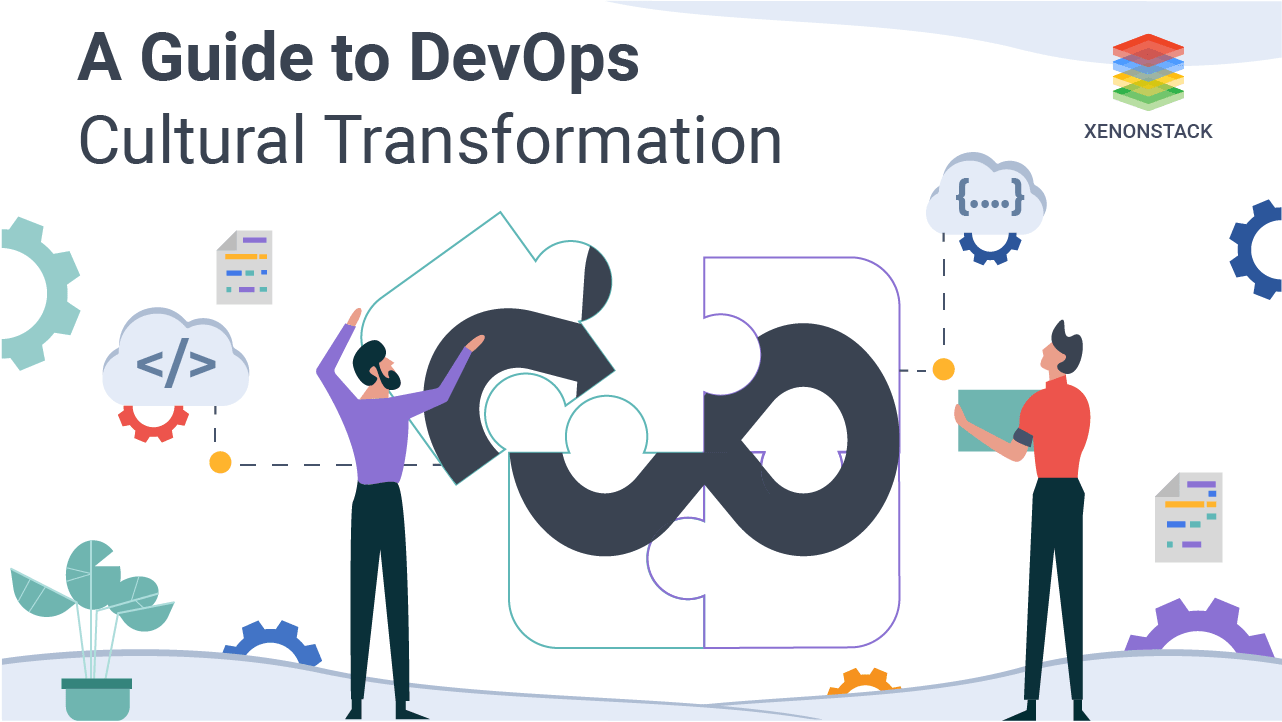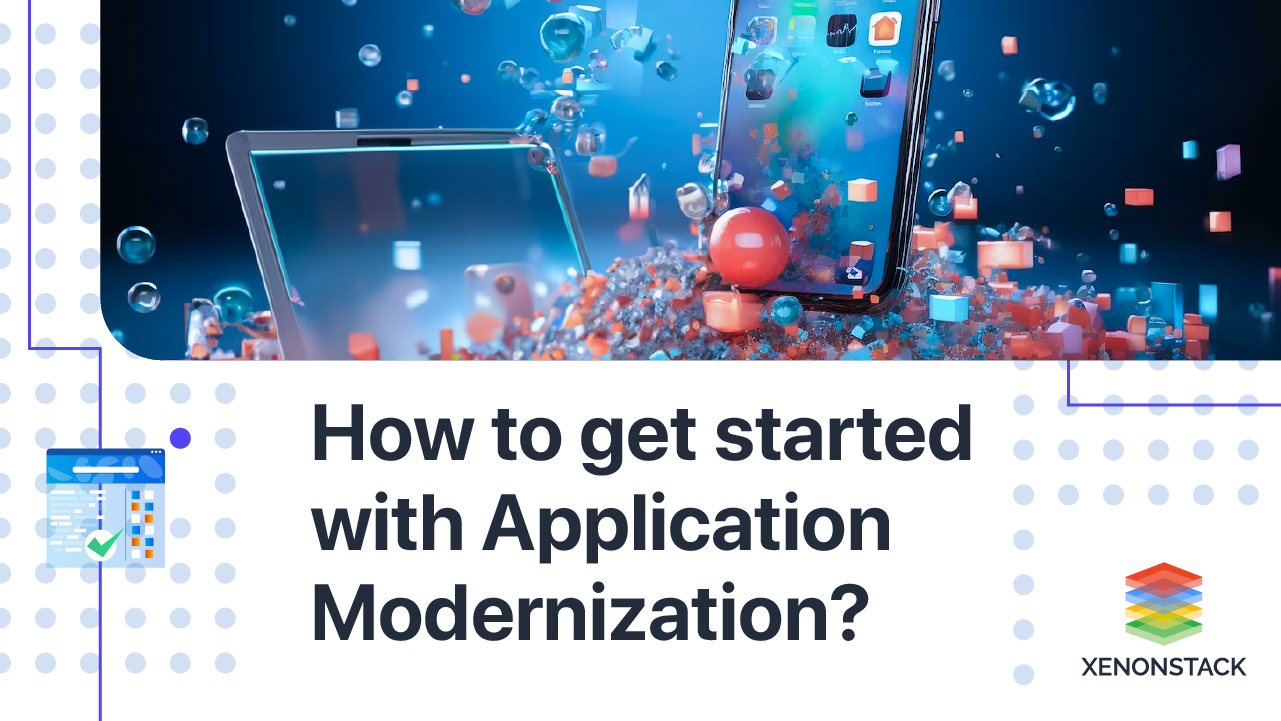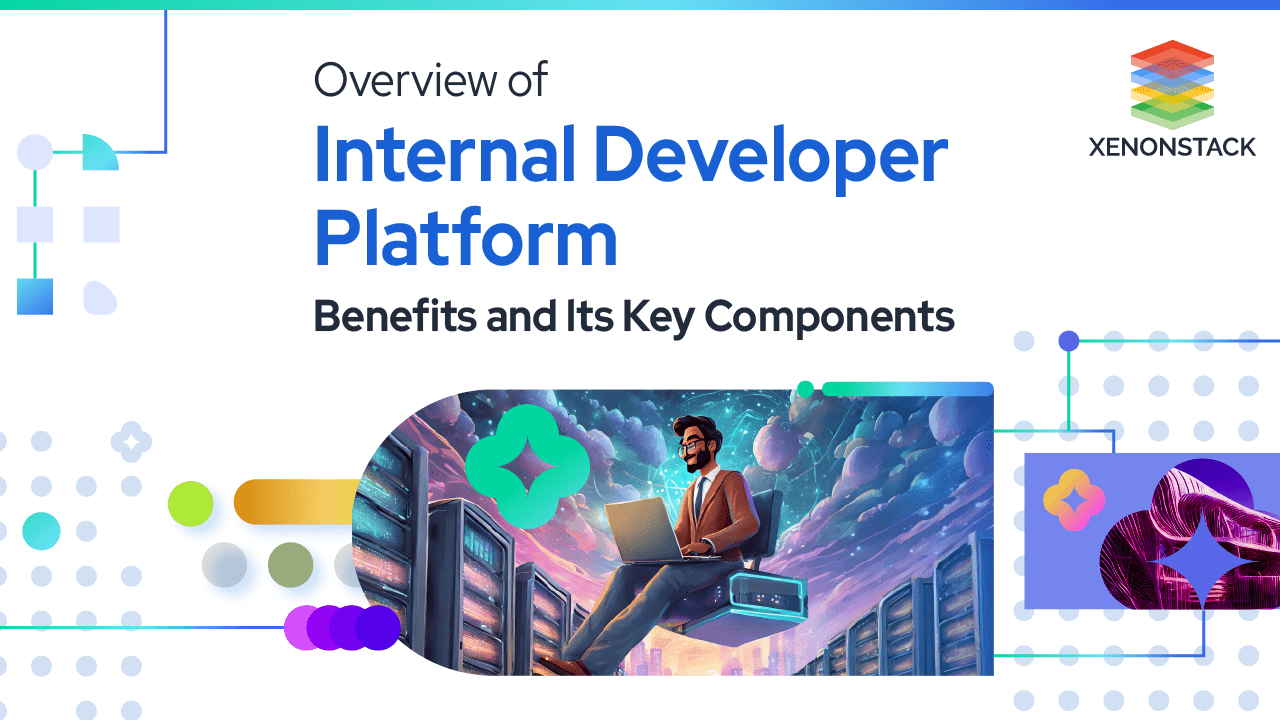
Introduction to DevOps Culture
A few years ago, when Agile software deployment was introduced, it forced the majority of IT system organizations to adopt the new deploying software as per their need at a very increasing rate. In this present era, we are in a place where, we have fully developed systems and the majority of the systems have changed to Agile software deployment as per their need, but the process was not that easy. There were many failures, and the majority of the things were learned from the losers, but there are some limitations in the old system, so there is a new system “DevOps”, which can solve many problems, but just like Agile, there is a lot to learn. Every organization has Cultural and Technical challenges to adopting DevOps Culture. In this blog, we shall discuss some DevOps Culture guidelines. There is some set of rules; by following them, an organization can adopt DevOps very quickly and efficiently.Assessment for DevOps enables your organization to identify the new opportunities where you can use DevOps and its associated technologies with the greatest business impact and ROI. Take the Devops Assessment
Step 1 - Get a New Toolset
To achieve high outputs in DevOps, you should have an extended and improved toolset, which will have cloud services as the most critical aspect. In DevOps, the process of creating small, isolated environments instantly needs to become completely automated. The system should be able to operate, test, build, and deploy the systems. In DevOps, the process of tearing the system, reconstructing it, and scaling it into the system of production without disturbing the toolset will have a unique advantage. To implement DevOps in an organization, the monitoring, managing, and deploying, of the resources for the solution have to work as a group, rather than maintaining them individually.Step 2 - Efficient and Transparent Communication
While shifting to DevOps, the most important thing to get corrected is to have or encourage efficient and transparent communication throughout the company. In traditional organizations, functions are generally isolated and separated. There might be limited interaction with IT operations and developers. In a system, the services will search for organizational stability, developers will search for change, and testers will search for risk reduction. We should have collaboration and communication between teams, development, and IT operations to get the best outcomes from DevOps.Step 3 - Push Change From the Top
For the basics, start implementing from the bottom. Especially a change (or) cultural change, will not happen without top-down sponsorship. But it doesn’t stay for the long run until it is implemented in the smallest unit. Implementing DevOps at the team level, for example, teams will try to examine things, check the possible ways, find the obstacles that are stopping the development, and solve the issues. At the same time, they are small enough to handle. Indeed, the majority of successful transformations happened through continuous improvement, instead of a sudden change.Step 4 - Accepting the Failures and Learning Fast
As we know that DevOps is mostly related to learning fast and doing things quickly, initially there might be a 99% chance of failure and sometimes it will be very tough. Still, with proper approach and guidelines, the worst situations can be handled and improved, and the important thing is that accepting the failures plays a perfect role here, else in the organization, the blame game starts. However, the “Just Fail and Adjust Sooner” approach may give better results. The first step towards learning from failures for DevOps may provide better success in the future.Step 5 - Changing the Process is Necessary
The processes which we are using present are evolved, but they have some defects; improving processes and creating new ways is difficult, but it’s necessary for the organization. To alter them as efficiently as possible and more logically, then we have to remove the old processes which are inefficient of current methods, and we have to replace them with some completely new ones, most importantly in the felid of automation and testing. We have to check whether that the new processes that are introduced should be automated whenever it is possible. we should also add minimum manual operations and testing at all levels, from the unit to the integration and infrastructure levels. Thus changing the process is necessary for the DevOps implementation.Step 5 - Focusing on Automation
As we all know, DevOps is mostly about automation and, if possible, acquiring zero-touch automation. The DevOps leads and IT managers will try to select the DevOps processes and best tools that help to achieve automation. After choosing the devices, it's time to define the steps to use each tool and policy, why, and when. The tools like Chef, Kubernetes, Docker, Jfrog, Terraform, Slack, AWS, etc. It will help you to build your automation capabilities. Automating the repetitive developer tasks and some routine activities will help developers to get extra time, which can be utilized on the things which will help the business. With the help of automation, companies fail fast, build fast, deliver quickly, and the companies can improve their overall performance.Step 6 - Searching for Improvements through Testing
To improve the process, the speed, and the quality of the system, then the organization should develop the testing techniques of the system because many faults can be found in the order through testing. Testing will help the organization and team members find the product's accuracy. While adopting DevOps organizations may face many troubles in the system, but these can be improved through testing. To support this cultural change, we require a place with flexible systems and various ways of working to identify opportunities and issues. If an order makes rapid adjustments and tests again, then the organization will adopt DevOps in a better way.Conclusion
Xenonstack has highly skilled and certified professionals who help Enterprises in building DevOps Culture and leverage capabilities by enabling solutions for Continuous Integration and Continuous Development, Automated provisioning, and Cloud-Native Transformation.
- Talk to a DevOps Strategy and Advisory Expert
- Read more here Best Open Source DevOps Tools
- Continue reading Automation Testing and Test Automation Framework


